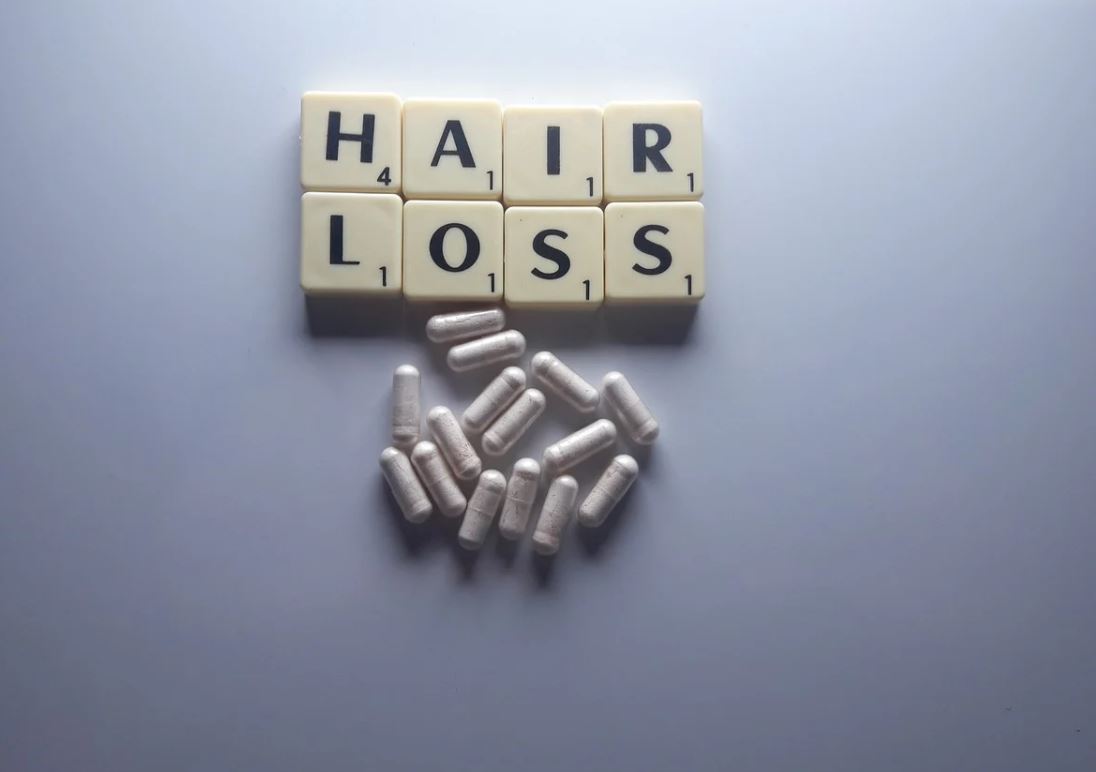
@ShahidNShah


The field of hair transplantation has undergone a remarkable evolution over the years, transforming from rudimentary techniques to sophisticated procedures that provide natural-looking and long-lasting results.
As technology continues to advance, innovative approaches have emerged, revolutionizing the landscape of hair restoration. It’s no wonder Turkey is a hub for patients looking to restore their hair loss, as the technology in that part of the world is pretty sophisticated. From FUE to PRP, the options for hair transplant are numerous and pretty much advanced. We discuss them below.
One of the most significant breakthroughs in hair transplantation is the advent of Follicular Unit Extraction (FUE). This technique involves harvesting individual hair follicles directly from the donor area, typically the back of the scalp, using a specialized punch tool. FUE eliminates the need for a linear incision, resulting in minimal scarring and a quicker recovery time compared to traditional methods.
The precision of FUE allows for the transplantation of single hair follicles, enabling the creation of a natural-looking hairline. As a less invasive option, FUE has become a preferred choice for those seeking a discreet and efficient procedure.
Direct Hair Implantation (DHI) aims to minimize the handling of grafts for maximum precision. In DHI, a specialized Choi Implanter Pen is used to extract and implant individual hair follicles directly into the recipient area without the need for pre-made incisions. The Choi Implanter Pen streamlines the process by simultaneously extracting and implanting grafts, reducing the time outside the body and increasing the survival rate of transplanted follicles.
DHI’s high level of control over graft placement allows for meticulous hairline design and a dense, natural-looking result. If you’re indeed going to Turkey for your treatment, look out for the best hair transplant Turkey package that includes either FUE or DHI implantation. However, another more suitable method may be used depending on your condition and needs
Integrating robotics into hair transplant procedures has marked a significant leap forward in precision and efficiency. Robotic systems, such as ARTAS and NeoGraft technologies, use artificial intelligence to identify and extract individual hair follicles with unparalleled accuracy.
These robotic systems enhance the overall quality of the transplant by minimizing damage to surrounding follicles and ensuring an even distribution of grafts. The automated nature of these procedures also reduces the margin of error, leading to consistent and aesthetically pleasing results.
Platelet-rich plasma (PRP) therapy has become a valuable adjunct to traditional hair transplant procedures. This innovative approach involves drawing a small amount of the patient’s blood, processing it to concentrate the platelets, and then injecting the PRP into the scalp.
The growth factors present in PRP stimulate cell regeneration and promote the growth of healthy hair follicles. Beyond enhancing the success of transplant procedures, PRP therapy has proven effective in improving overall hair health, reducing inflammation, and expediting the recovery process.
Stem cell therapy has emerged as a promising avenue in the quest for effective hair restoration. This innovative technique involves harvesting a patient’s own stem cells, typically from adipose tissue, and injecting them into the scalp.
Stem cells have the remarkable ability to differentiate into various cell types, including hair follicle cells. By introducing these cells into the scalp, clinicians aim to stimulate the regeneration of dormant hair follicles and promote the growth of new, healthy strands. While still in the early stages of research, stem cell therapy holds great potential for revolutionizing the landscape of hair transplantation.
Multi-Vector Follicular Unit Transplantation (MFUT) represents a refinement of traditional hair transplant techniques, focusing on the precise alignment and distribution of transplanted hair follicles. This approach takes into account the natural direction and angle of existing hair, ensuring a seamless integration of new grafts.
MFUT involves strategically placing grafts at multiple angles, mimicking the natural growth pattern of hair. This advanced technique enhances the overall aesthetic outcome by creating a more natural-looking flow and distribution of transplanted hair.
Artificial intelligence (AI) has made remarkable strides in various fields, and hair transplant procedures are no exception. AI algorithms are now being utilized to design personalized and natural-looking hairlines based on factors such as facial features, age, and gender.
By analyzing vast datasets of successful hair transplant outcomes, AI can generate optimal hairline designs that align seamlessly with an individual’s unique characteristics. This level of customization not only enhances the aesthetic outcome but also ensures that the transplanted hair complements the patient’s overall appearance.
As technology continues to advance, we can anticipate even more refined and personalized approaches to hair restoration. These advancements not only address the physical aspects of transplantation but also enhance the overall experience for individuals seeking to regain their confidence and a natural-looking head of hair.

Join Adam Mariano, a health care executive. We'll delve into the world of Big Data and tokenization in health care, exploring how these technologies are revolutionizing patient insights, data …
Posted Jan 19, 2024 Healthcare Data
Connecting innovation decision makers to authoritative information, institutions, people and insights.
Medigy accurately delivers healthcare and technology information, news and insight from around the world.
Medigy surfaces the world's best crowdsourced health tech offerings with social interactions and peer reviews.
© 2025 Netspective Foundation, Inc. All Rights Reserved.
Built on Apr 16, 2025 at 5:55am